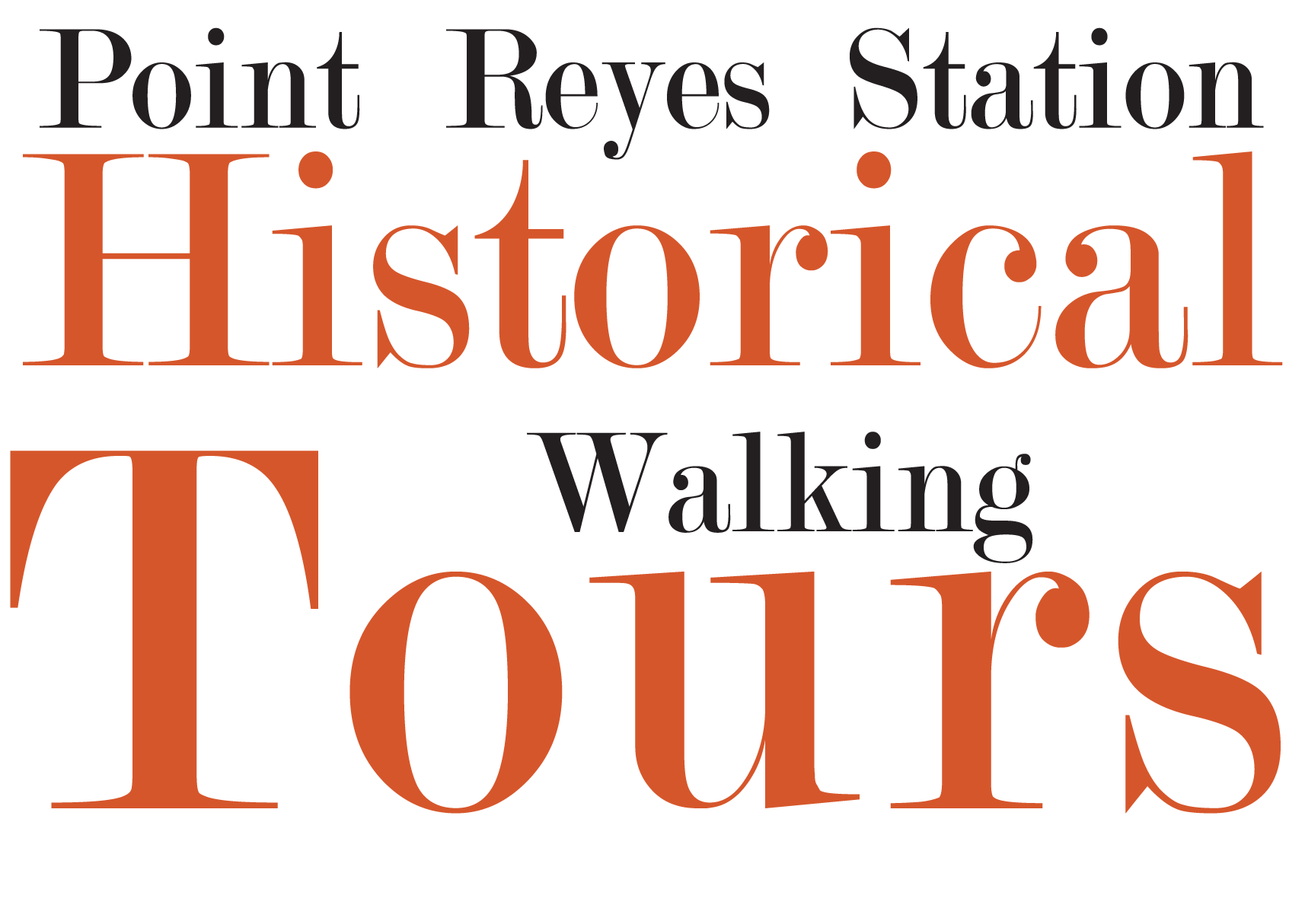1. The Natural Scene and Early Inhabitants
3rd St. and C St.
Fault
Facing San Andreas Fault
On two distinct geographical plates, east/west
1906 quake epicenter not in Olema as previously thought, but off coast of southern Marin County, but most surface movement was here
Douglas fir, bishop pine and hardwoods like bay and live oak on Inverness side of fault; bishop pine (THIS IS ACTUALLY CONFUSING SINCE BOTH SIDES SHARE LIVE OAK, FIR, BUCKEYE, BAY, ETC.—BEST TO ONLY CALL OUT BISHOPS ON WEST, REDWOODS ON EAST AS UNIQUE) only on east side
Redwood trees only on this side of fault (but not in PRS)
Each side has different soils, geology, wind, grasslands, etc.
Land Formations
Inverness Ridge to west
Olema Valley to left
Tomales Bay to right
Bolinas Ridge behind (stretches from Stinson to Marshall) & Black Mountain/Elephant/Knuckle Mountain
Native Peoples
Coast Miwok lived here for thousands of years. Used marshes, wetlands, grasslands, forest, bay, etc. – all provided good food sources: clams, oysters, fowl, game, roots, seeds, etc.
Wildlife
Elk grazed here in abundance
Stories of birds being so abundant that at certain times of the year the skies were darkened.
Ranching/Park
Area controlled by Spanish Mission San Rafael de Archangel, established 1817, then Mexican government – their land grants started in 1836 –Rafael Garcia in Bolinas (he actually ranched in north end of Olema Valley and up as far as Lagunitas Creek, and Rancho Nicasio to JAMES Black (HE WAS A LATER [BUT STILL EARLY] OWNER—ORIGINAL GRANTEES WERE JUAN COOPER AND PABLO DE LA GUERRA) – land where PRS built was owned by Black/Burdell; Spanish & Mexican ranching were for hides and tallow, Americans started the dairy ranching
